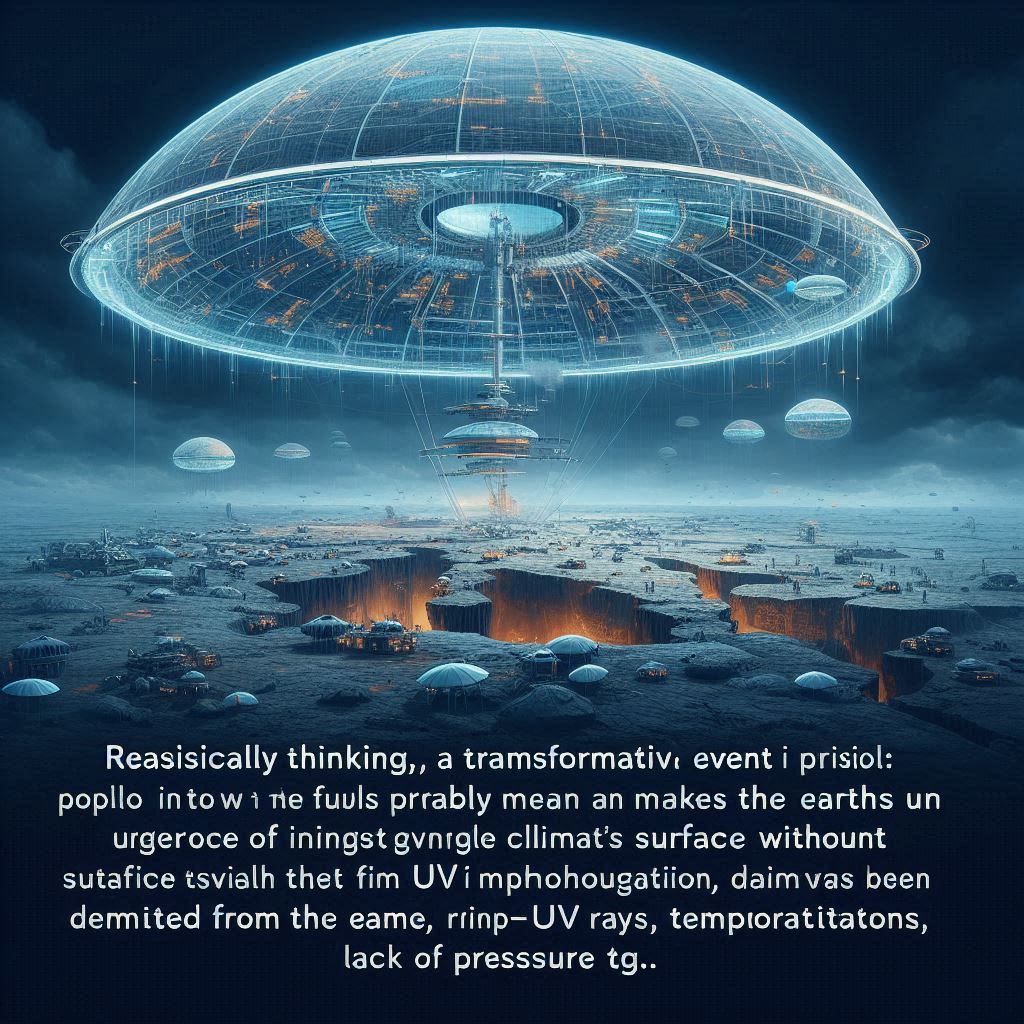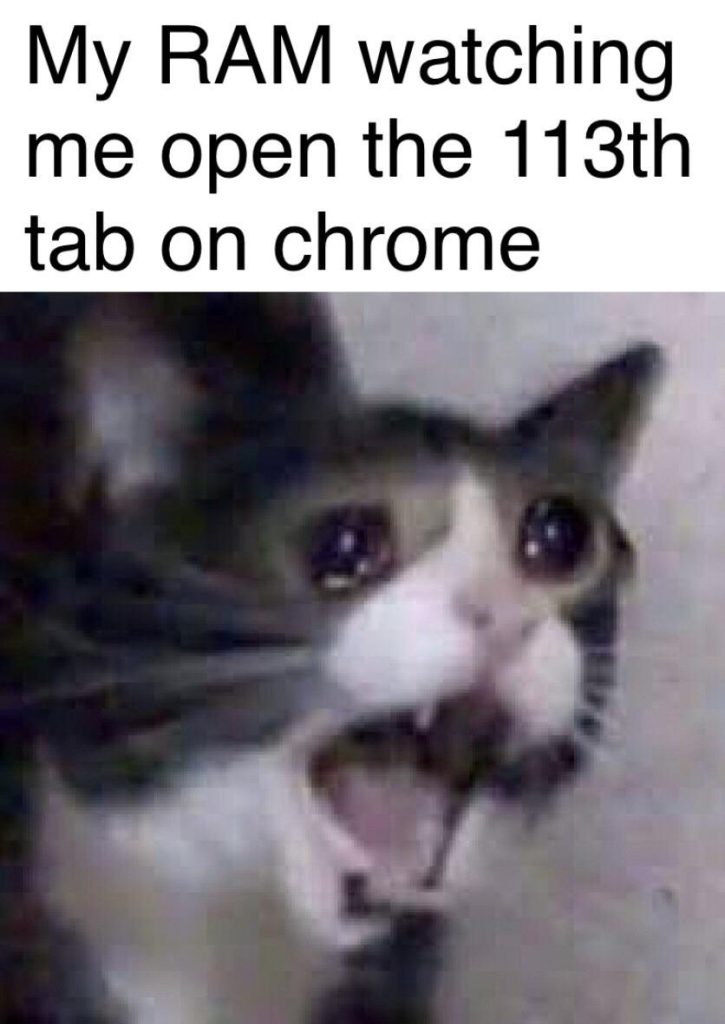CLASS LECTURE:
My initial concept of this profession was that it wasn’t a necessary part of our development. I thought they designed random, out-of-the-ordinary objects, which seemed a little pointless to me. However, after learning about the ideas behind this profession, my views have changed. While it may not be essential, speculative design plays an important role in shaping the direction humans move in, and I now respect the people who pursue this profession. They undertake the artistic ‘dirty work,’ designing unconventional products that initially provoke skepticism, but their deeper purpose is to raise awareness and sometimes create controversy.
I’m grateful that there are people who continue to question our present and future rather than just accepting changes driven by profit-oriented corporations as the new normal. These designers challenge us to think critically about the impact of technological and societal advancements, encouraging a more thoughtful and intentional approach to the future.
Answer the following questions about the project Plasticful Food:
- What are your initial feelings towards this object?
My initial feelings towards the Plasticful Foods project are a mix of curiosity and concern. The idea of creating food products from biodegradable plastics is innovative and addresses the pressing issue of plastic waste, sparking interest in how this concept could be practically implemented and its potential impacts on health and the environment. However, there is also a concern about the safety and acceptability of consuming such materials, and whether this approach is sustainable or simply a stopgap solution to a larger problem.
2. What current issues do you think have inspired this piece of speculative design?
Plastic Waste: The massive accumulation of plastic waste in landfills and oceans, causes environmental degradation and harm to wildlife.
Innovation in Biodegradables: Advances in biodegradable materials and their potential applications in everyday products, including food.
3. How do you feel about the trajectory of this future? Is this a future you would like?
The trajectory of a future where food products are made from biodegradable plastics is intriguing but raises mixed feelings. On one hand, it represents a proactive approach to tackling plastic pollution and promoting sustainability. On the other hand, it also suggests a future where our food systems are increasingly engineered and potentially disconnected from natural processes.
This is not necessarily a future I would prefer, as it seems to prioritize technological fixes over more holistic approaches to sustainability. Ideally, a future where natural ecosystems and food systems are preserved and restored, rather than replaced with synthetic alternatives, would be more desirable.
4. What changes could we make today to alter this future and make it more preferable?
Reduce Plastic Use: Implement stricter regulations and incentives to reduce plastic production and use, especially in packaging and single-use items.
Promote Natural Solutions: Invest in and support agricultural practices that promote biodiversity and sustainability, such as regenerative farming, which can reduce the need for synthetic alternatives.
ONLINE LECTURE:
Speculative design is a forward-thinking approach that involves creating ideas for possible futures to explore potential outcomes, using present-day facts to project future scenarios rather than predicting short-term changes through data extrapolation. Popularized by Anthony Dunne and Fiona Raby in their book Speculative Everything, the speculative design encourages a broader contemplation of future possibilities and outcomes.
In their book, Dunne and Raby present the A and B manifesto, which outlines the characteristics of normal design thinking versus speculative design thinking. They introduce the “cone of possibilities” model, which categorizes futures into possible, preferred, probable, and plausible. Speculative design encourages us to think freely about our desired future and work towards it, rather than passively accepting the likely future that will occur if we don’t make proactive changes.
An example of speculative design is the “Plasticful Foods” project, designed by a university team. This project envisions a future where food products are made from biodegradable plastics to address plastic waste and sustainability issues. By imagining such scenarios, speculative design helps us consider the implications and feasibility of different future outcomes.
Speculative design is a tool for questioning and provoking discussion rather than providing definitive answers. It sparks conversations about how emerging technologies, such as AI, might impact our daily lives. Even if a speculative design highlights potential negative social impacts, its value lies in drawing attention to critical issues and encouraging proactive thought.
Some speculative design ideas may seem far-fetched, but their elements are often rooted in present realities. For example, the concept of a social credit system evaluated through surveillance cameras might seem futuristic. Still, surveillance technology is already prevalent and improving in its ability to monitor and analyze behaviour.
Speculative design also extends to forums and platforms that explore future possibilities. For instance, Kaspersky, a cybersecurity company, hosts speculative futures forums, and Google patents record a multitude of speculative ideas. These initiatives contribute to the dialogue on how technology and society might evolve.
Another example is NaturePod from Situation Labs, which appears as a design project but actually prompts high-quality conversations about our connection to nature. It raises awareness about whether we will continue to rely on new products to simulate nature or change our lifestyles to incorporate more natural elements. This reflection on our direction highlights the broader implications of speculative design.
Speculative design allows us to envision and work towards preferred futures by questioning and challenging current trajectories, encouraging innovative thinking and proactive change.
THE THING FROM THE FUTURE ACTIVITY:
My four cards were:
Arc- transform a decade
Terrain- the moon
Object- machine
Mood- hilarity
Realistically thinking, a transformative event a decade into the future will probably mean some sort of intense climate change that makes the earth’s surface uninhabitable. Humans will migrate to the underground and restart civilisation to survive due to a highly damaged atmosphere that has left the surface without protection from UV rays, temperature fluctuations, lack of pressure etc. An umbrella-like cover machine has been designed with remaining resources to provide a few hours of shading by acting as an artificial atmosphere over one part of Earth that is situated on the moon. Through learning this fact, excitement arose throughout the remaining human population

